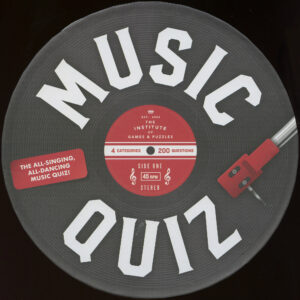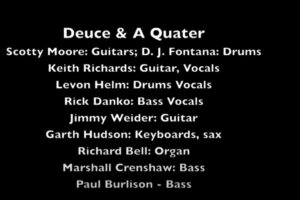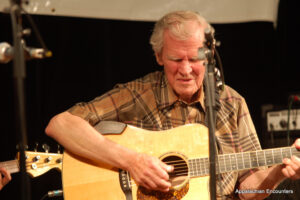Buck Owens, who was inducted in The Country Music Hall of Fame in 1996, was born in 1929 in Sherman, Texas. His bio traces his musical roots:
The musical influences on the young Owens were diverse, reflecting both the popular music of the time and places in which he matured and the various styles that he had to learn to play as a working dance-hall musician in the Southwest. He listened to stringband and cowboy music on Mexican border radio stations and learned to play and synthesize western swing, rhythm & blues, and the emerging genre of honky-tonk.
Wikipedia offers Owens’ bio:
Alvis Edgar Owens, Jr. (August 12, 1929 – March 25, 2006), known professionally as Buck Owens, was an American musician, singer and songwriter who had 21 No. 1 hits on the Billboard country music charts with his band the Buckaroos. They pioneered what came to be called the Bakersfield sound, a reference to Bakersfield, California, the city Owens called home and from which he drew inspiration for what he preferred to call American music.[1]
While Owens originally used fiddle and retained pedal steel guitar into the 1970s, his sound on records and onstage was always more stripped-down and elemental, incorporating elements of rock and roll. His signature style was based on simple storylines, infectious choruses, a twangy electric guitar, an insistent rhythm supplied by a drum track placed forward in the mix, and high two-part harmonies featuring Owens and his guitarist Don Rich.[2] (Continue Reading…)
Owens and the Buckaroos’ biggest hit, probably, was “Act Naturally.” It’s above. Below is “My Heart Skips a Beat,” which was another hit.










